Maalox is a well-recognized brand name that healthcare professionals associate with nonprescription or OTC antacid drug products containing the active ingredients aluminum hydroxide, magnesium hydroxide, and simethicone. However, the Food & Drug Administration wants to alert healthcare professionals that Maalox Total Stomach Relief (an OTC upset stomach reliever/antidiarrheal drug product) contains the active ingredient bismuth subsalicylate.



